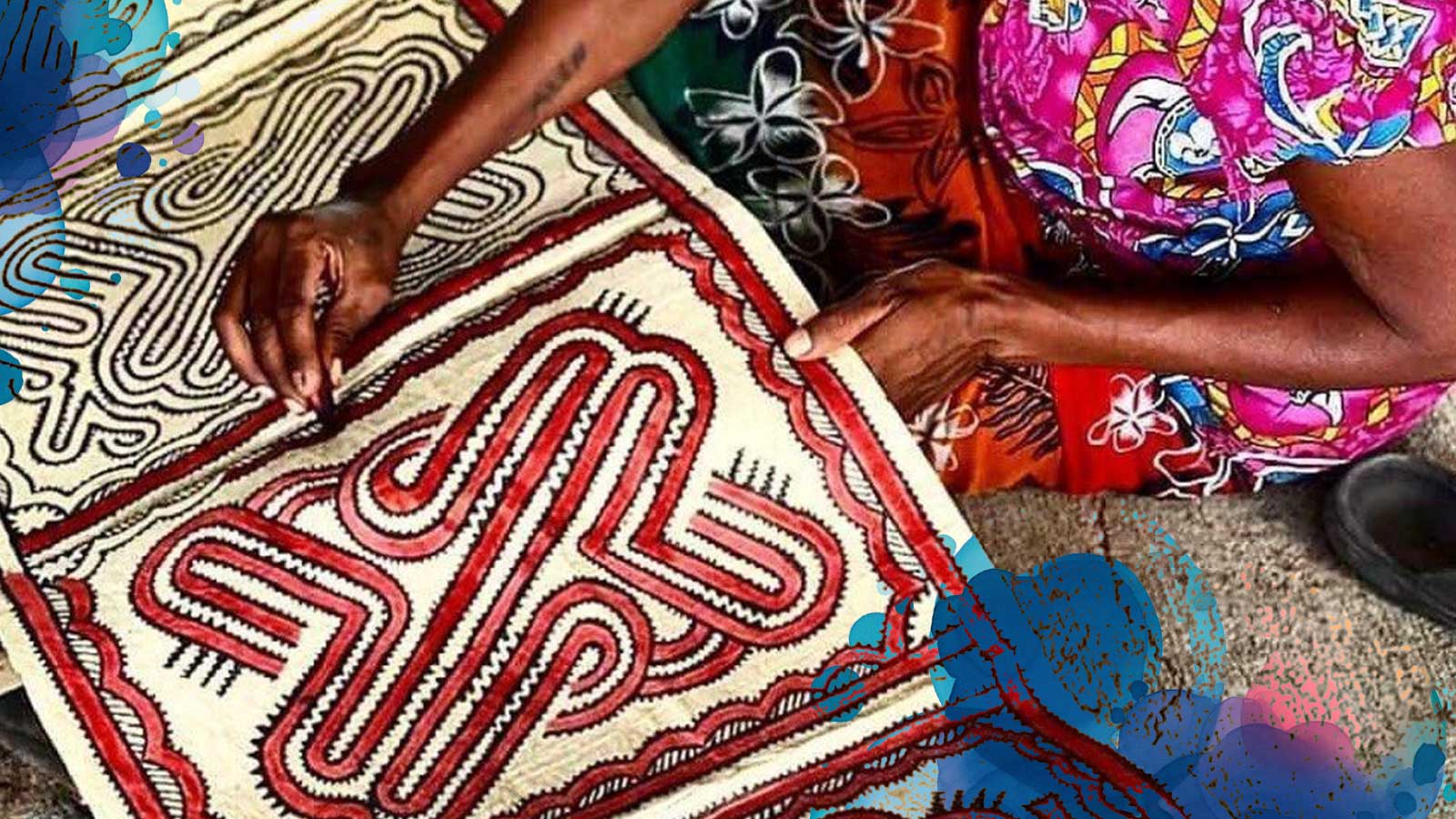In the vast expanse of the Blue Pacific lies a treasure trove of cultural riches accumulated and nurtured over millennia: a myriad of symbols and cultural expressions through songs, dances, and paintings, all of which define the identity of its diverse nations.
From unscrupulous fashion houses to opportunistic artists, designers and entrepreneurs, the exploitation of Pacific cultural expressions has become all too common, depriving indigenous communities of their rightful ownership and economic benefits. Traditional patterns and symbols, deeply rooted in the cultural identity of Pacific communities, are frequently reproduced without acknowledgment or benefit to the original creators. Similarly, the use of indigenous imagery in advertising, branding, and marketing without consultation or consent, is another form of cultural piracy that undermines the integrity and sovereignty of Pacific cultures.
The appropriation of Pacific cultural elements is not a new phenomenon. European artists and writers – Paul Gauguin, Robert Louis Stevenson, Joseph Conrad, Thor Heyerdahl, to name a few – took Pacific themes, legends and iconography, using them for their own ends. From romanticising Oceania’s aesthetics and stories, to modern-day fashion houses replicating traditional designs without consent or appropriate attribution, the exploitation of Pacific heritage has persisted through the ages.
However, with the advent of Artificial Intelligence (AI), this trend has accelerated, posing unprecedented challenges to cultural preservation efforts. Priceless heritage is under siege again, this time facing the insidious threat of tech-driven cultural piracy.
Fabric design, which sits within the broader creative industry and is a cornerstone of many Pacific economies, is particularly vulnerable to such exploitation. Patterns of tapa and tivaevae, motifs that are deeply embedded in the cultural fabric of Pacific communities, can be replicated and commercialised without acknowledgment or benefit to their originators.
Quantifying the exact cost of cultural piracy to indigenous communities in the Pacific Islands is challenging due to its multifaceted nature and the inherent difficulties in measuring cultural value in monetary terms. But there’s no doubt the impacts of cultural piracy are profound and extend far beyond financial losses: the erosion of cultural identity, disrespect and exploitation, and undermining traditional knowledge systems.
Protecting cultural legacies
The question looms large: What can be done to halt this damaging phenomenon? How can the Blue economies band together to protect their cultural legacy in a world where boundaries are seamless? These pressing questions demand urgent attention from all stakeholders: cultural agencies, artisans, governments, and private sector and pan-government organisations across the Blue Pacific.
To combat cultural piracy effectively requires a multifaceted approach. Paramount is strengthening legal frameworks. Enacting robust intellectual property laws that recognise traditional knowledge as a form of intellectual property is essential. Fiji’s decade-long work towards drafting a bill for Traditional Knowledge and Expressions of Culture might well serve as a blueprint for protecting indigenous cultural expressions from misappropriation and misuse.
Moreover, empowering indigenous communities to safeguard their cultural heritage is crucial. Governments can support initiatives that provide education and training on intellectual property rights, fostering partnerships between communities and legal experts.
Perhaps there are lessons to be learned from the appropriation of the national dress of the small African country of Lesotho. The distinctive blankets of this landlocked mountainous state (the designs of which, incidentally, must all be first approved by the royal family of Lesotho) have been used in an unauthorised way by some of the major fashion houses in Europe and the USA. Basotho blankets also clothed warriors in the blockbuster, Oscar-winning Hollywood film Black Panther – but this time in an appropriately acknowledged way. Perhaps such examples can show the way forward to what is acceptable and what is not.
Knowledge systems threatened
Cultural piracy threatens these knowledge systems by commodifying and commercialising traditional knowledge without proper recognition or protection. This undermines the value and integrity of indigenous knowledge systems and may even deter future generations from engaging with and preserving their cultural heritage.
Promoting cultural awareness and respect is equally vital. Public awareness campaigns can educate both domestic and international audiences about the significance of respecting indigenous cultures and the repercussions of cultural piracy.
However, individual efforts alone are insufficient. Collective action is indispensable in combating cultural piracy on a regional scale. This is even more urgent now, with the onslaught of AI casting its shadow on all creative endeavour, whether traditional or modern.
Pacific island countries must collaborate to strengthen their legal frameworks, empower indigenous communities, promote cultural awareness, and do more to engage in collective action to protect their cultural legacies. For instance, a collective initiative for cataloguing and protecting cultural taonga (treasures) should be forged, to provide a platform for governments to exchange best practices, advocate for stronger international protections, and amplify their impact.
The preservation of Pacific heritage requires a concerted effort from all stakeholders. Only through unity and collaboration can the Blue Pacific rise against the tide of cultural piracy and protect what is rightfully theirs.
Photo credit: J Maki-Ravu Kila Pat via PNG Tourism



